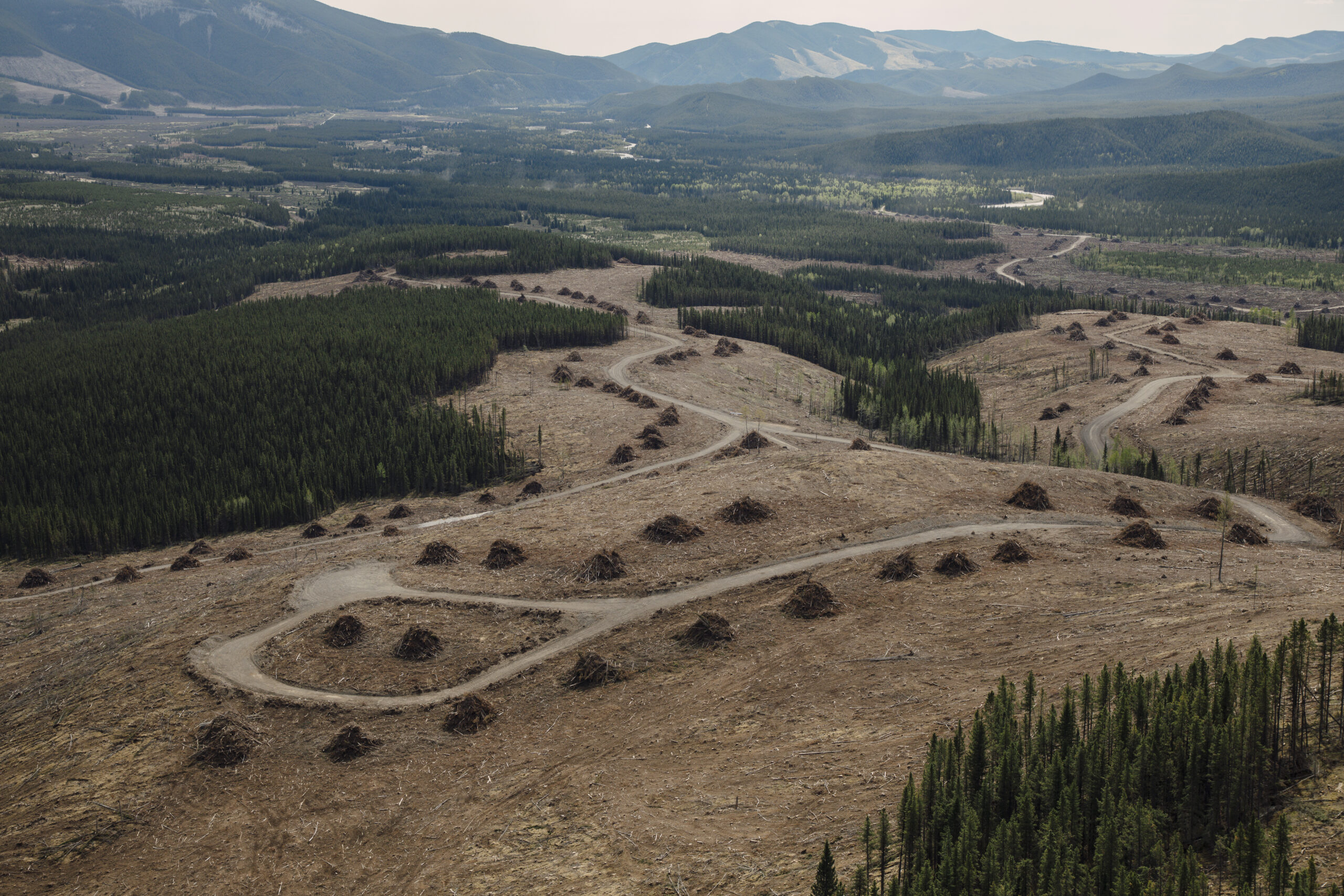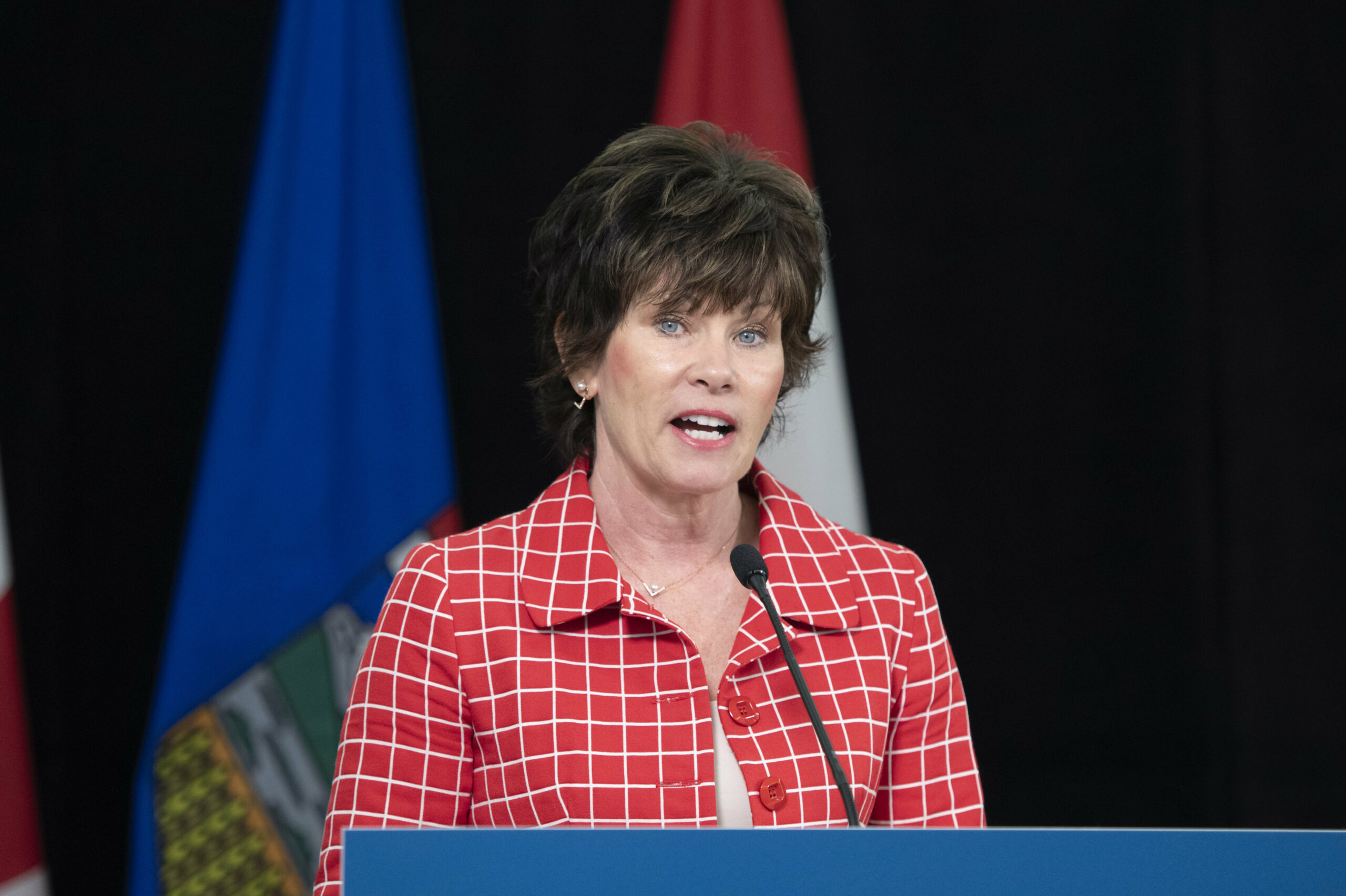
Ontario’s public service heads back to the office, meaning more traffic and emissions
For 15 years and counting, my commute from Mississauga to Toronto has been mired by...
On March 4, the Alberta government formally walked back its decision to open much of the eastern slopes of the Rockies to coal mining.
Mostly.
For now.
The United Conservative Party government was under fire for months after it unilaterally announced in 2020 that it would rescind Alberta’s 1976 coal policy that all but prevented open-pit mines in the headwaters of the province. In February 2021, it reversed that initial move and formed a committee to examine the issue.
The ensuing report, and its recommendations, were accepted by the government on March 4 and include a ban on new exploration or mine approvals, not only on the eastern slopes, but throughout the province, at least until new land-use plans are developed.
Those opposed to new coal mines in Alberta are cautiously optimistic about the announcement, but concern remains.
What is true for now is that no new coal projects will be moving forward in Alberta, on the eastern slopes and beyond. Energy Minister Sonya Savage said a ban on new mines would be extended from what’s known at Category 1 and 2 lands — mostly the Rockies and the eastern slopes — into Category 3 and 4 lands, which can cover land spanning out to the prairies.
That expanded ban is new for the province and comes into effect under a ministerial order (more on that in a bit) and will remain in place until new land-use plans are developed.
That’s what has changed. Here’s what has not changed since the government’s announcement.
There are a small handful of mines considered in the advanced stages that will be allowed to proceed through the regulatory process — proposals like Tent Mountain in the southwest corner of the Rockies and the Vista Mine expansion near Hinton.
The proposed Tent Mountain mine, located near the Crowsnest Pass in Alberta, would produce 4,925 tonnes of raw steel-making coal daily for 14 years. The Vista Mine, which produces coal to be burned for electricity, is seeking an expansion of what a mining website describes as “one of the largest undeveloped coal mines in North America.” (Another major proposal, Grassy Mountain, has already been rejected by both the province and the federal governments and recently lost an appeal of those decisions in court.)
Whether those projects are ultimately approved remains to be seen.
“In the short run we’ve got certainty. In the longer run, I guess it depends on the outcome of the planning processes,” Nigel Bankes, professor emeritus of law at the University of Calgary, told The Narwhal. “And of course, it’s possible that the plans will simply exclude the possibility of any new coal mining, but they might also make provision for it.”
In the meantime, those proposals have the green light to continue through the approval process.
The moratorium on new mines does nothing to halt the operation of existing mines, like the Vista coal mine near Hinton, Alta. That mine, which produces thermal coal for export to South Korea, Japan and Taiwan, is located approximately 40 kilometers from Jasper National Park and has a mining footprint of nearly 1,500 hectares.
Despite facing major financial setbacks in recent years, the mine has undergone something of a recovery and has the capacity to ship roughly 6.5 million tonnes of coal west to Ridley Terminal on the B.C. coast annually, to be burned for electricity in other countries. Canada, meanwhile, has committed to phasing out coal-fired electricity.
In the months-long period between the Alberta government suddenly rescinding the 1976 coal policy and its decision to backtrack on that decision, there was something of a mini exploration boom on the eastern slopes.
“We got a lot of surface damage last year, in terms of linear developments, pushing roads into some of these areas, and then just the test mining that they were doing,” Bankes said.
“So, you know, we’ve lost that. And that’s the one major negative consequence of this flip flopping — of the removal of the policy, and then the gap until it was reinstated.”
He’s not sure that new damage will be cleaned up anytime soon, or at all.

In its report, the coal committee stressed the need to involve Indigenous communities in any consultations on the future of coal developments in the province.
Latasha Calf Robe, with the grassroots collective Niitsítapi Water Protectors, said the emphasis on land-use planning and Indigenous consultation should lead to deeper engagement, not just a surface-level consultation process.
“There really does need to be a better commitment to a co-creative process, not just ‘hey, we’re going to consult, what do you think about this?’ ” she said.
“Having true co-created plans or strategies might help us move us in a really cool direction in terms of like, what is acceptable for those areas?”
If those plans and consultations do point a way forward for coal developments in Alberta, they will also have to confront the issue of environmental liabilities and the means to remediate and reclaim disturbed landscapes.
What’s already happened through exploration is indicative of the kind of damage that can occur when a mine is starting up and through to its closure. The coal committee recommended the government improve the way it collects funds to help with future clean up.
The province has a poor track record on funding liabilities, with billions of dollars in unfunded liabilities on the books, particularly when it comes to oil and gas cleanup. Alberta currently collects a security from mine operators for future cleanup costs, but the coal report highlighted concerns and the need for a review.
“The auditor general of Alberta has indicated (in 2019) that there is a significant risk that asset values are overstated within the [Mine Financial Security Program],” the report noted.
“The committee understands that, of 19 Alberta coal mines required to provide financial security in 2015, only two have been subjected to detailed audits by provincial officials.”
The report also raised concerns about a lack of funding for reclamation of old mine operations.
“It remains to be seen how they’re going to meaningfully address these issues,” Devon Earl, a conservation specialist with the Alberta Wilderness Association, told The Narwhal. “At least they’re acknowledging them, and we can only wait and see what they do with that moving forward.”
A big focus of the government’s recent announcement is on land-use planning.
Alberta hasn’t been particularly motivated when it comes to creating and updating land-use plans — guiding documents that consider economic, social and environmental concerns when making decisions for regions of the province.
Out of seven designated regions in the province, only two have plans — the Lower Athabasca regional plan implemented in 2012 and the South Saskatchewan regional plan implemented in 2014.
Those plans take years to develop and involve considerable consultations — Bankes estimates each plan will take five or more years to develop.
Earl, with the Alberta Wilderness Association, said the plans are an effective tool for guiding decisions, as long they place limits on development based on science.
“These plans should go through a really thorough cumulative effects assessment,” she said. “And they should find, based on our opinion, that impacts on water quality and water allocation, for example, strongly favour a total ban on mining.”
The government said in announcing its acceptance of the coal committee report that future development would be guided by regional, sub-regional and issue-specific plans. It’s unclear what’s meant by issue-specific plans in this context and the government has not responded to a request for clarification.
“The government has sort of deferred responsibility onto these land use plans,” Earl said.

There are also lingering questions about the government’s commitment to maintaining the ban on new coal mines.
The government could have introduced a bill to codify the ban on new coal activities on the eastern slopes, but it chose to enforce the decision through a ministerial order — a fast process, but one that can be undone just as quickly and without warning.
Speaking in the legislature, NDP environment critic Marlin Schmidt said the ministerial order allows the government to reopen the Rockies to coal mining “with the stroke of a pen.”
Earl said she shares those concerns and would rather see policies enshrined in legislation. Bankes, meanwhile, is optimistic the government won’t revoke the changes anytime soon, and also thinks the decision was intentional.
“I think they’ve done it this way because they’re trying to protect themselves against claims to compensation,” he said, adding Grassy Mountain has already been rejected by a federal review and that he believes the Vista expansion and Tent Mountain projects will be rejected through the regulatory process.
“If [the government] were simply to say, you know, ‘these projects are going to die,’ then I think we’d be on the hook for compensation payments,” he said.
In the end, it leaves the future of coal mining in Alberta right where it was when the 1976 coal policy was in place — a policy the government was able to overturn unilaterally and without notice.
Calf Robe, with Niitsítapi Water Protectors, said she’s cautiously optimistic about the report, but has concerns about the government’s intentions.
“I think that this is the government’s way of prolonging this process in the hopes that ‘hey, maybe in 10 years, you know, First Nations might say yes or Albertans might change their minds,’ ” she said.
The coal policy committee’s report to the government suggested it was “too simplistic” to expect the world will move off coal due to calls for action to address the climate crisis. While developed countries are attempting to wean themselves off coal-fired electricity, the report said, countries like China and India have not taken the same track and continue “to support voracious appetites” for electricity and industrial development.
But the report also noted that global demand for coal was expected to plateau by 2025, based on projections by the International Energy Agency, and that this still allows opportunities for exporting coal produced in Alberta.
Bankes said it will be up to Albertans concerned about coal mining to get involved in the land-use planning process and to remain vigilant about the prospect of new mines.
“I don’t think the fight is over,” he added.
Enbridge Gas will face Waterloo Region in a hearing before the Ontario Energy Board to renew an agreement that would allow the company to continue...
Continue reading
For 15 years and counting, my commute from Mississauga to Toronto has been mired by...

For our last weekly newsletter of the year, we wanted to share some highlights from...

The fossil fuel giant says its agreement to build pipelines without paying for the right...